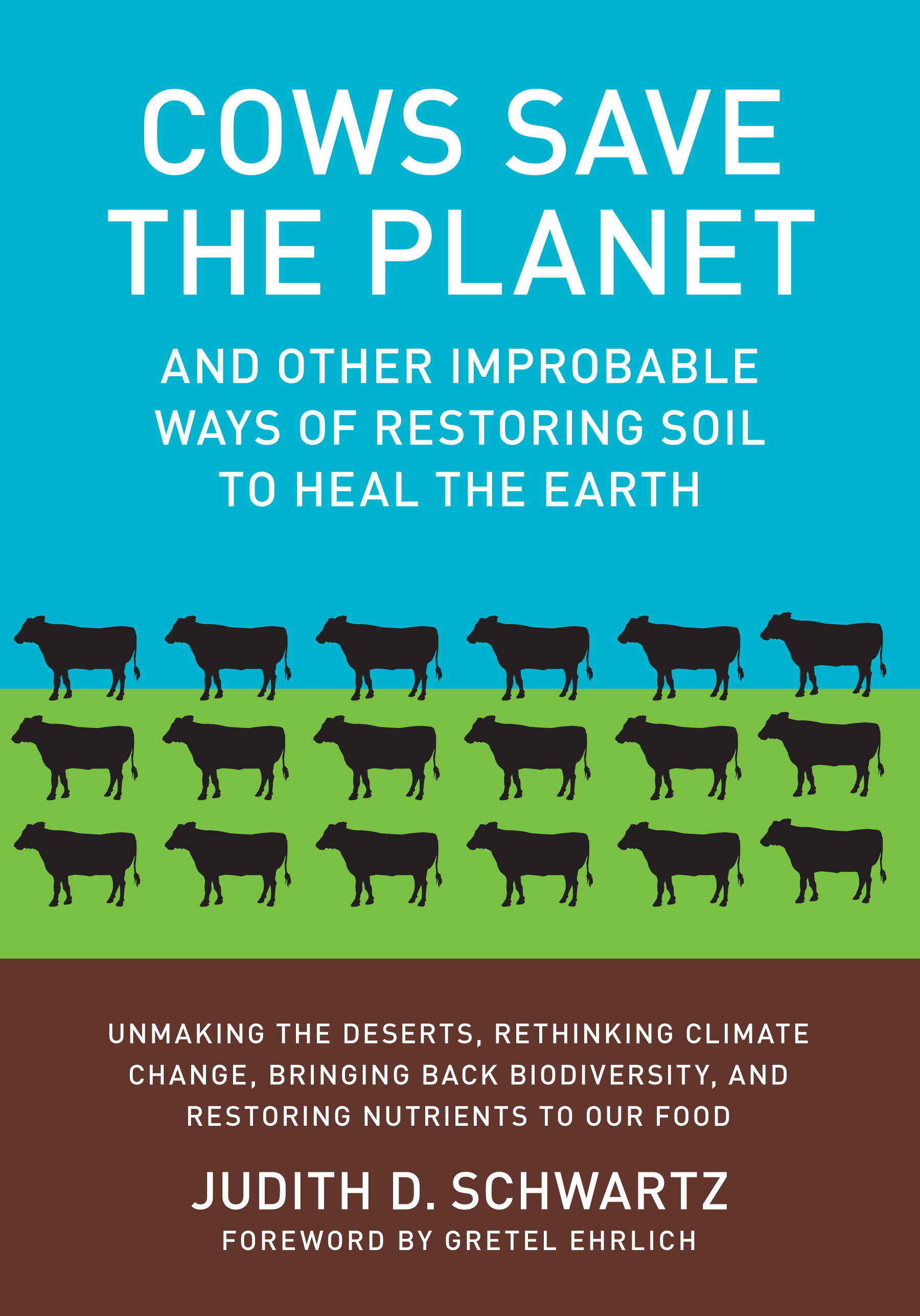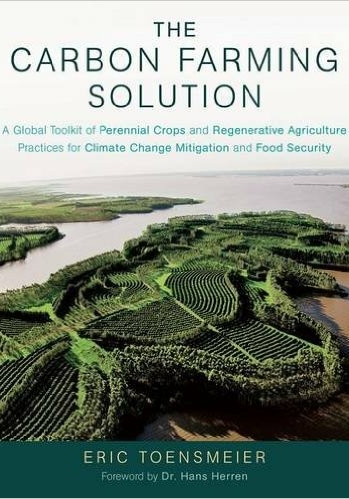Why is regenerative agriculture a climate change solution? How can you practice regenerative agriculture in your backyard? How can you join the movement? This hand-picked set of resources will help you dig deeper into regenerative food, farming and land use.
Jump to: Videos | Johnson-Su Bioreactor | Annotated Bibliography | The Science | Books | Podcasts & Online Courses | Infographics & Posters | How-to | Printable Resources | Regenerative Map | Why Regenerative Ag?
Dr. David C. Johnson, molecular biologist and research scientist at the University of New Mexico, has developed a system that brings lifeless soils back to life by reintroducing beneficial microorganisms to the soil with biologically enhanced compost.
The Johnson-Su composting method creates compost teeming with microorganisms that improve soil health and plant growth and increase the soil's potential to sequester carbon. This simple composting method produces a biologically enhanced compost by creating an environment where beneficial soil microorganisms and thrive and multiply. When this biologically alive compost is applied to the soil the microorganisms inoculate the soil and work in harmony with growing plants to improve soil health and increase the amount of carbon drawn out of the atmosphere and into the soil.
Join the Regenerative Movement
Glyphosate: Cancer and Other Health Concerns
Glyphosate, a synthetic herbicide patented in 1974 by the Monsanto Company and now manufactured and sold by many companies in hundreds of products, has been associated with cancer and many other health concerns discussed in this fact sheet. Glyphosate is best known as the active ingredient in Roundup-branded herbicides, and the herbicide used with “Roundup Ready” genetically modified organisms (GMOs). More information here


















